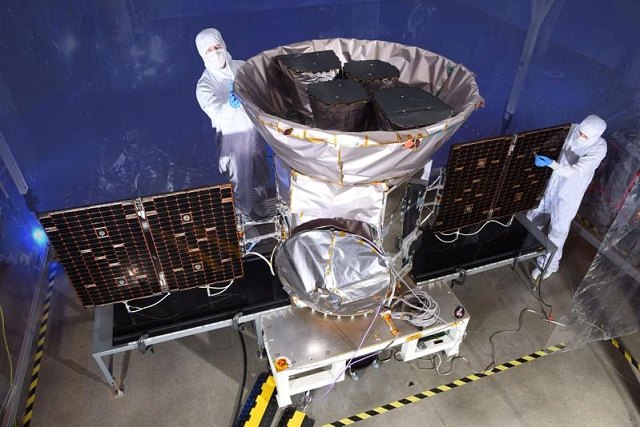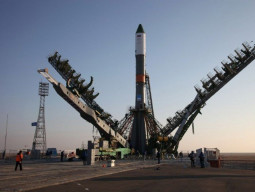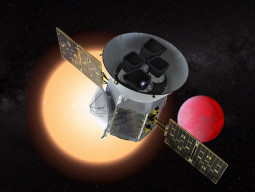
TAMPA: NASA on Wednesday blasted off its newest planet-hunting spacecraft, TESS, a $337 million satellite that aims to scan 85 percent of the skies for cosmic bodies where life may exist.
"Three, two, one and liftoff!" said a NASA commentator as the Transiting Exoplanet Survey Satellite (TESS) soared into the blue sky atop a SpaceX Falcon 9 rocket from Cape Canaveral, Florida at local 6:51 pm
The washing machine-sized spacecraft is built to search outside the solar system, scanning the nearest, brightest stars for signs of periodic dimming. These so-called "transits" may mean that planets are in orbit around them.
TESS is expected to reveal 20,000 planets beyond our solar system, including more than 50 Earth-sized planets and up to 500 planets less than twice the size of the Earth, NASA said.
Its discoveries will be studied further by ground- and space-based telescopes for signs of habitability, including a rocky terrain, a size similar to Earth and a distance from their sun -- neither too close nor too far -- that allows the right temperature for liquid water.
"The stories of these planets will continue on, long after their detection," Martin Still, TESS program scientist, said on Wednesday.
"It was incredible. It was so emotional," said Natalia Guerrero, a TESS researcher at the Massachusetts Institute of Technology, in an interview on NASA TV after the launch.
She was part of a team that built four cameras that serve as the spacecraft's eyes.
NASA album launched into space and meant for aliens to be released for public
"TESS's four cameras are tiny but mighty," she said.
"They are only about four inches across, the lenses. They could fit in a mailbox. But they are so powerful. You could have an entire constellation, like Orion, in the field of view of one of these cameras."
TESS will survey far more cosmic terrain than its predecessor, NASA's Kepler Space Telescope, which launched in 2009.
Both use the same system of detecting planetary transits, or shadows cast as they pass in front of their star.
The new spacecraft will focus on nearby exoplanets, those in the range of 30 to 300 light-years away.
Kepler's trove of more than 2,300 confirmed planets outside our solar was impressive, but most were too distant and dim to be examined further.
Astronaut's DNA changed by spending a year in space
"One of the many amazing things that Kepler told us is that planets are everywhere and there are all kinds of planets out there," said Patricia "Padi" Boyd, director of the TESS guest investigator program at NASA's Goddard Spaceflight Center.
"So TESS takes the next step. If planets are everywhere, then it is time for us to find the planets that are closest to us orbiting bright nearby stars, because these will be the touchstone system."
The Hubble Space Telescope and the James Webb Space Telescope, scheduled to launch in 2020, should be able to reveal more about planets' mass, density and the makeup of their atmosphere -- all clues to habitability.
NASA's new planet-hunter to seek closer, Earth-like worlds
The initial launch attempt Monday was scrubbed about two hours before planned takeoff, so that SpaceX engineers could perform extra checks on the rocket's navigation systems.
On Wednesday, the rocket performed flawlessly.
Less than 10 minutes after launch, the rocket's first stage returned to an upright landing on a drone ship in the Atlantic Ocean, marking SpaceX's 24th touchdown of a rocket booster.






















































COMMENTS
Comments are moderated and generally will be posted if they are on-topic and not abusive.
For more information, please see our Comments FAQ